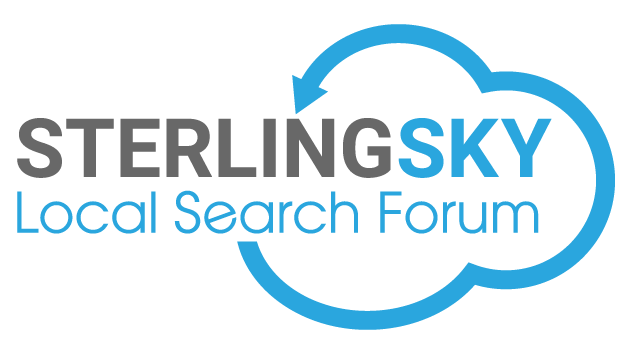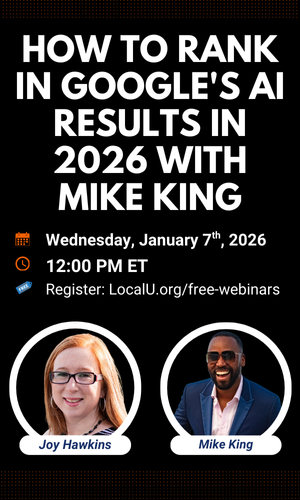- Joined
- May 3, 2018
- Messages
- 397
- Solutions
- 20
- Reaction score
- 451
I recently saw a comment from a well-respected local SEO saying that they're not a fan of geogrid rank checkers. I was really surprised by the comment because I find geogrid scans really helpful for a bunch of different things. In fact, when it comes to troubleshooting GBP ranking problems, Local Falcon is one of my go-to tools.
So, I’m starting this thread not to throw shade (use whatever tools work for you!) but to create a collection of useful things you can do with Local Falcon and other similar grid rank tracking tools.

I refer to this pattern, where rankings decline as you radiate outward from the business address, as the “typical” ranking pattern.
So, I’m starting this thread not to throw shade (use whatever tools work for you!) but to create a collection of useful things you can do with Local Falcon and other similar grid rank tracking tools.
- I’m going to write each idea as an individual post so there’s a unique link to each one
- Accordingly, I'll start each post with an h1 heading
- And I’m going to encourage anyone who has figured out a clever way to use local ranking grids to add it to this thread. (One idea per post + h1 heading, please!)
I refer to this pattern, where rankings decline as you radiate outward from the business address, as the “typical” ranking pattern.
Last edited:




